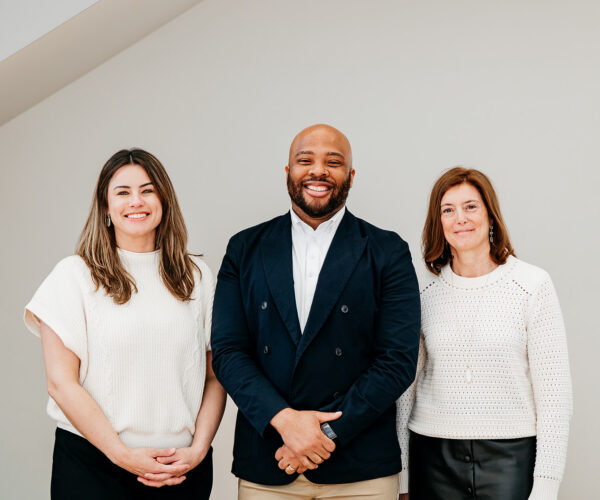
Understanding a Diagnosis
April 21, 2025
No matter what stage of development your child is in, sometimes it can feel like all you’re doing is trying to correct behavior. Like you're stuck in a loop of limits, rules, and reminders. And it’s exhausting—not just for you, but likely for your child, too.
If you relate to this and you’re wanting to shift, consider this two-part parenting tool to try on.
Part 1: Reflection
(Just a note: This isn’t about guilt, shame or blame. It’s simply about reflection and awareness— a key step toward change.)
Without judgment and with curiosity, I invite you to gently reflect on some of the recent phrases you’ve used with your child. What tone did they carry? What feeling might have been behind them—stress, fear, frustration, overwhelm?
And then... reflect on your child’s behavior. Did you see it as defiant? Disconnected? Emotional?
This brings up the old chicken-or-the-egg conundrum:
Which came first—my child’s behavior, or my reaction?
Some might say that kids pushing boundaries is a way of testing limits, learning how to navigate emotions, or trying to get their needs met in ways they may not fully understand. Others might say, “Well, I was calm until they started yelling,” or “I wouldn’t have snapped if they just listened.”
While both perspectives may be true: children’s behavior is often a form of communication, and it’s natural for frustration to arise – what matters most is just observing the behavior without judgment.
Reflection with curiosity creates the space for change. And in that space, we can shift toward something more empowering for our children…
Part 2: Noticing
What if, instead of focusing on what our children are doing wrong, we turn our focus toward what our children are doing well? This is the heart of a simple, yet powerful tool called “noticing.”
Research in developmental and social psychology shows that when parents consistently notice and reinforce positive behaviors, children are more likely to repeat those behaviors and develop a stronger sense of self-efficacy (Bandura, 1963; Dweck & Yeager, 2019).
Now, this doesn’t mean rolling out the red carpet and giving a big over-the-top applause when your kid puts their dishes in the sink. Noticing can – and should – be simple and authentic:
- “I noticed you put your dishes in the sink.”
- “I noticed you put your homework in your backpack.”
- “I noticed how patient you were with your brother during the game.”
When it comes from a genuine place, these small, simple noticings shine a light on what is valued and send the message to your kid, “I see you and I care about you. You’re worth noticing, even when you’re not in trouble.”
These noticings are especially supportive for kiddos with ADHD who often receive more corrective feedback than their neurotypical peers. When we intentionally notice and verbally recognize positive efforts, no matter how small, it helps strengthen neural pathways tied to motivation, self-esteem, and behavior regulation (Schultz, 2007).
Why It Matters
Subtle shifts in our words can spark meaningful changes in our kids’ behavior—even if it doesn’t happen overnight. And, it probably won’t be perfect (because, well, what is?). Even still – what we focus on, grows. In parenting and in life, when we start noticing the positive, we tend to see and nurture more of it.
Sure, your kid might roll their eyes, but deep down? It matters. Because when kids feel seen for who they are and what they’re doing well, they’re more likely to believe they are capable— and to act in ways that reflect that belief.
If you decide to try this out, I’d love to hear your experience. Feel free to email me at
Guest Blogger Emily Schweppe, M.Ed., is a PCI Certified Parent Coach at Springer Diagnostic Center.



